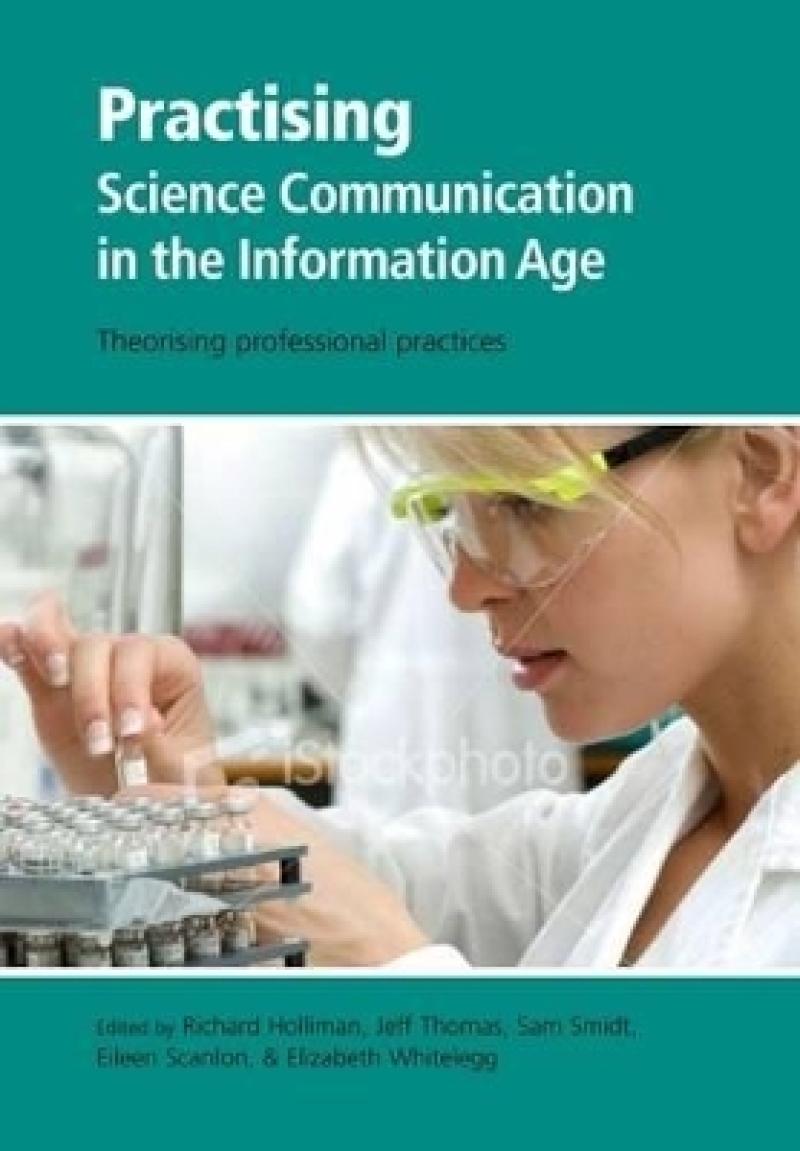Definitely worth reading to learn about the philosophy and models that lie behind science communication.
The Higher Education Academy Physical Sciences Centre
A valuable and much-needed resource.
Professor David Gooding, Science Studies Centre, University of Bath
Presents a wide-ranging analysis of the nature and importance of communication for maintaining the community of scientists as a community in its own right, and as a community intinmately connected with society as a whole... For me, the two chapters that deal with the importance of books, alone, make this a must-have volume for those interested in science communication today.
Steven Miller, Professor of Science Communication and Planetary Science, University College London
Provides a rich set of contributions on how digital technologies are helping to transform our understanding of science communication. It is packed with insightful analyses - all in all, a most stimulating read.
Michael Reiss, professor of Science Education and the Institute of Education, University of London
